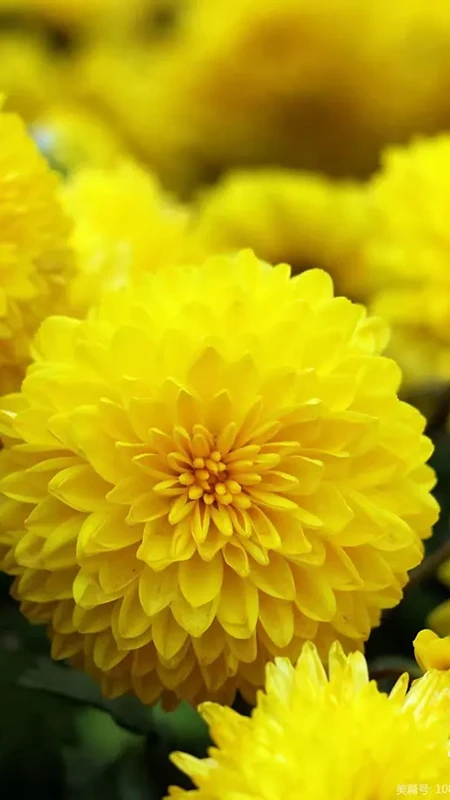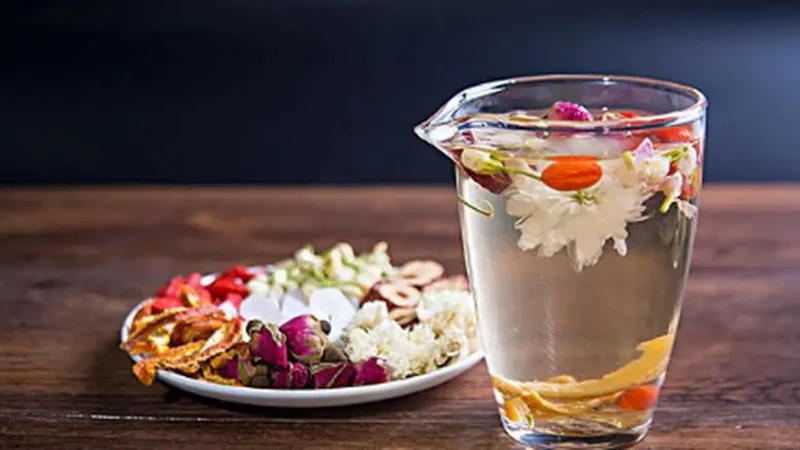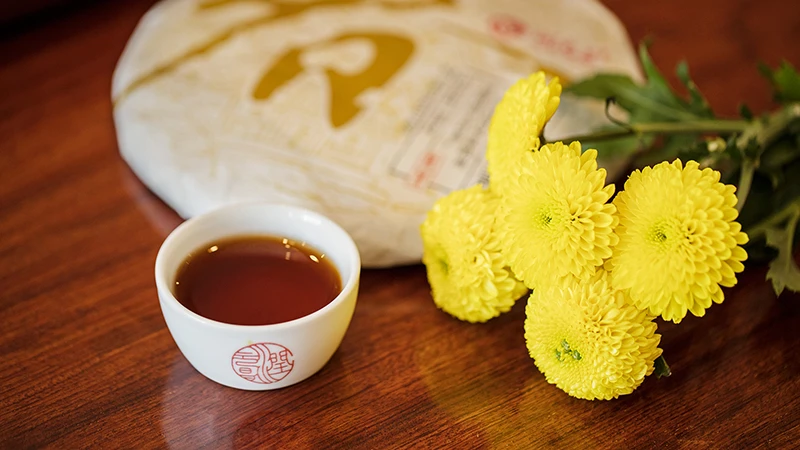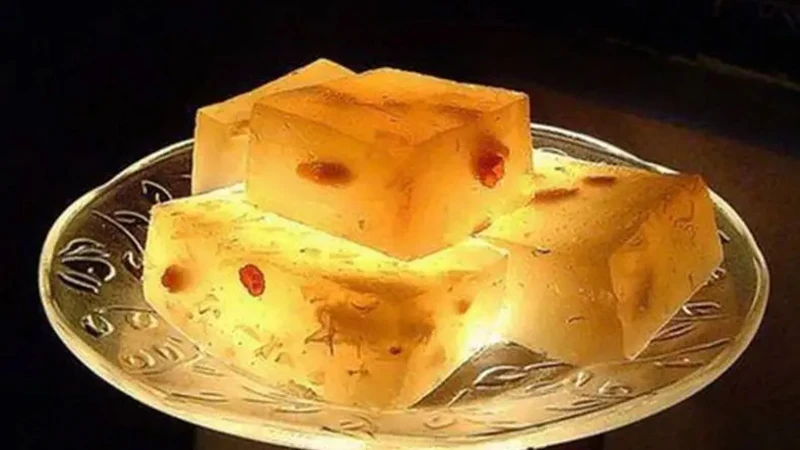The chrysanthemum flower, with its vibrant colors and delicate petals, has long been cherished in both Eastern medicine and culinary traditions. Known for its dual use as an ornamental and medicinal herb, it has earned a revered place in Chinese culture. From herbal remedies to delicious dishes, the chrysanthemum offers a wealth of benefits to those who know how to use it. Yet, there is much more to this seemingly simple flower than meets the eye. Let's dive into the world of medicinal and edible chrysanthemums and uncover their rich history and versatile uses.

Healing with Chrysanthemums: Ancient Wisdom in Modern Times
Chrysanthemum, or Chrysanthemum morifolium, comes in three primary varieties used in traditional medicine: white chrysanthemum, yellow chrysanthemum, and wild chrysanthemum. While all share similar therapeutic properties, each type has its unique strengths. White chrysanthemum is celebrated for its ability to calm the liver and improve eyesight, yellow chrysanthemum helps disperse heat and wind from the body, and wild chrysanthemum is praised for its detoxifying properties.
The medicinal qualities of chrysanthemums are recognized in ancient Chinese texts, such as The Divine Farmer’s Classic of Materia Medica (神农本草经), where it is described as a top-grade herb that nourishes the blood, enhances longevity, and lightens the body. These properties make chrysanthemum a go-to remedy for treating ailments like headaches, eye discomfort, and sore throats caused by heat, and even as an antidote for certain skin infections.
Modern pharmacological research supports these ancient claims. Studies reveal that chrysanthemum extracts have antibacterial properties, particularly against Staphylococcus aureus and other harmful bacteria. Furthermore, it has been shown to dilate coronary arteries, improve blood circulation, and increase oxygen consumption by the heart muscle, highlighting its cardiovascular benefits.
Chrysanthemum in the Kitchen
Beyond its medicinal properties, chrysanthemum has earned a place in the kitchen, transforming into a wide array of delightful and nutritious dishes. Its subtle flavors and fragrant aroma are perfect for creating both sweet and savory meals.
1. Chrysanthemum Tea
One of the simplest and most popular ways to enjoy chrysanthemum is as tea. Made by steeping dried flowers in hot water, chrysanthemum tea offers a light, floral flavor and soothing properties. It can be enjoyed plain or mixed with other ingredients like goji berries, honey, or mint for a more complex taste profile. For those who spend long hours in front of a screen, adding goji berries to chrysanthemum tea is believed to protect and nourish the eyes.
2. Chrysanthemum Wine
A lesser-known use of chrysanthemum is in wine-making. Historically, chrysanthemum wine was brewed and consumed during the annual Double Ninth Festival, symbolizing longevity. The process is simple: dried chrysanthemum flowers are added to low-alcohol grain wine and allowed to steep for a few days. The result is a fragrant, slightly sweet alcoholic drink that warms the body, promotes circulation, and even enhances the drinker's vitality.
3. Chrysanthemum Cakes
During special occasions such as the Double Ninth Festival, chrysanthemum cakes are often prepared. These cakes are not only delicious but carry symbolic meaning as well. The word “cake” (糕) sounds like “high” (高) in Chinese, symbolizing the hope for prosperity and success. The preparation involves boiling chrysanthemum flowers in water until the liquid turns a light golden hue. The liquid is then combined with rice flour and sugar, creating a batter that is steamed to perfection. The end result is a fragrant and mildly sweet treat that captures the essence of autumn.
The versatility of chrysanthemums extends far beyond the garden, offering a plethora of health benefits and culinary possibilities. Whether as a soothing tea, an energizing wine, or a delicate cake, this humble flower continues to thrive as a symbol of both healing and indulgence across cultures.



